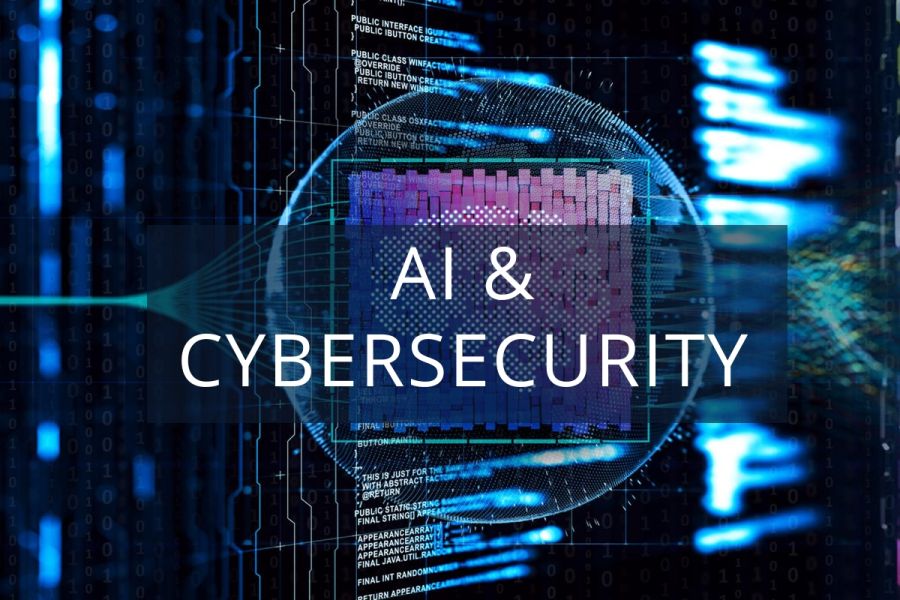With the advent of generative AI, how do the Cyber threats change in their complexity and sophistication? What are the new challenges and opportunities for cyber defense? What are the ethical and regulatory implications of AI and cybersecurity? What are the trade-offs we must consider while developing AI systems? How can AI and cybersecurity foster more collaborative and information-sharing frameworks and practices?

With the rapid evolution of technology and digital tools, cybercriminals are leveraging artificial intelligence (AI) to orchestrate cyber-attacks, resulting in a surge in both complexity and scale. The integration of AI empowers threat actors to execute highly tailored, targeted attacks on a large scale, introducing a strategic trade-off between customisation and scalability.
The evolving nature of cyber threats is marked by increased autonomy and adaptability, as malicious entities deploy attacks swiftly and at scale, incorporating self-evasive capabilities. This dynamic interplay between AI and cyber threats underscores the need for advanced defense mechanisms and heightened cybersecurity measures.
Impact of Cyber Attacks: Statistics and Trends
The financial ramifications of cyberattacks are substantial, as highlighted by the IBM Ponemon Institute, revealing an average cost of $4.9 million for enterprises, coupled with an alarming average detection and containment period of 270 days. Concurrently, the evolution of cyber threats is evident in the escalating prevalence of impersonation attacks, destructive malware infections, and sophisticated phishing schemes within the threat landscape.
Adding a layer of complexity to the cybersecurity landscape is the emergence of IBM’s Deep Locker, representing a paradigm shift in malware. This advanced malware leverages artificial intelligence, introducing evasive capabilities that pose considerable challenges to detection and reverse engineering efforts. The evolving tactics underscore the critical need for proactive cybersecurity measures and innovative counterstrategies.
AI in Cyber Defense: Tools and Mechanisms
In the realm of cybersecurity, pioneering companies such as DarkTrace, Cylance, and DeepInstinct are at the forefront of implementing defensive technologies that harness the power of artificial intelligence (AI) for network detection and response. These innovative solutions mark a significant shift in the paradigm of cyber defense.
The application of AI extends across multiple stages of the NIST framework, encompassing Identify, Protect, Detect, Respond, and Recover. By integrating AI at each stage, these technologies enhance the overall cybersecurity posture, introducing automation and prediction capabilities that contribute to expedited responses. The utilization of AI in this comprehensive manner reflects a strategic approach to fortifying networks against evolving cyber threats.
Challenges in AI Model Development: Privacy, Bias, and Accountability
Embarking on the journey to construct resilient AI models brings forth several challenges that warrant careful consideration. First and foremost, the task of data curation poses a significant hurdle, demanding the acquisition of high-quality data to ensure the efficacy of the models. Additionally, regulatory considerations come to the forefront, especially concerning privacy issues during the training of AI models.
This necessitates a meticulous approach to data handling, ensuring robust privacy protection measures are in place. Furthermore, the landscape of adversarial machine learning introduces a set of threats encompassing data attacks, algorithm compromise, and intentional bias. To mitigate these risks, human oversight and accountability become imperative, emphasizing the need for a holistic and vigilant approach to the development and deployment of AI models.
Regulatory Frameworks: Striking the Right Balance
The European Union’s AI Act categorizes AI models into high-risk, medium, and low-risk classifications, advocating distinct levels of regulations and oversight to address the varying degrees of potential impact. A crucial aspect in this regulatory landscape involves navigating trade-offs, particularly in striking a balance between performance and transparency.
Diverse approaches adopted by the EU and the US underscore the necessity for harmonization in regulatory frameworks. The pursuit of an equilibrium between the efficiency of AI systems and the transparency required for responsible use emerges as a central theme, emphasising the importance of aligning international regulatory standards to foster a cohesive and effective approach to AI governance.
Future Trends and Collaborative Frameworks
The integration of artificial intelligence (AI) plays a pivotal role in fortifying cybersecurity defenses through the development of cutting-edge tools like next-gen Security Information and Event Management (SIEM) solutions. These advancements leverage enterprise data to craft highly tailored defenses, ushering in a new era of proactive cybersecurity measures. Looking ahead, the future holds promise for privacy-enhanced technologies, including blockchain and zero-knowledge proof, aimed at ensuring the responsible and ethical utilization of AI in cybersecurity. This trajectory emphasizes a commitment to safeguarding privacy while harnessing the benefits of AI.
The imperative for global collaboration in cybersecurity remains paramount, calling for dynamic relationships between public and private sectors. The emphasis on collective threat intelligence and the sharing of distribution strategies emerges as a cornerstone in fortifying cyber defenses on a global scale.

Founder Dinis Guarda
IntelligentHQ Your New Business Network.
IntelligentHQ is a Business network and an expert source for finance, capital markets and intelligence for thousands of global business professionals, startups, and companies.
We exist at the point of intersection between technology, social media, finance and innovation.
IntelligentHQ leverages innovation and scale of social digital technology, analytics, news, and distribution to create an unparalleled, full digital medium and social business networks spectrum.
IntelligentHQ is working hard, to become a trusted, and indispensable source of business news and analytics, within financial services and its associated supply chains and ecosystems




























